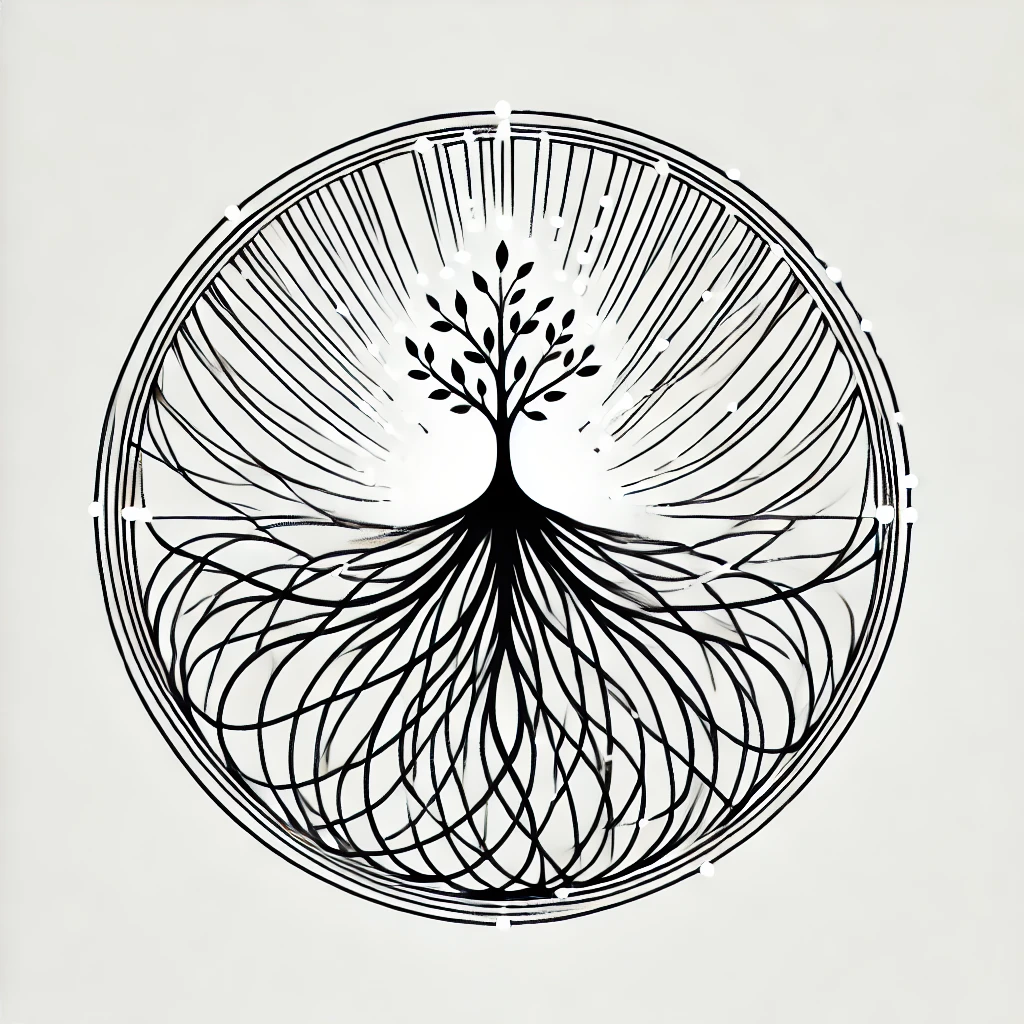Have you ever tried to grasp a sprawling, endlessly branching topic? Just like a tree with unchecked growth, knowledge can sometimes feel overwhelming. But, just as a skilled gardener shapes a tree, you can structure your thinking – with tools like collecting notes. These quiet heroes of order and creativity are ready to bundle and interlink your knowledge. Niklas Luhmann, the father of the Zettelkasten method, mastered this technique: up to 25 references could be found on a single collecting note. It’s a fascinating way to bring clarity while leaving space for new ideas.
But what exactly are collecting notes? Imagine a topic growing beyond its limits. Collecting notes act as a kind of intermediary station: they capture partial aspects, interconnect them, and preserve the original line of thought. Alternatively, you could split the topics into separate categories, but the magic of collecting notes lies in their flexibility – they’re bridges between structure and inspiration. ([1])
Mental Models: The Invisible Nets of Our Knowledge
Charlie Munger, long-time partner of Warren Buffett, talks about mental models as the key to true understanding:
> “Well, the first rule is that you can’t really know anything if you just remember isolated facts and try and bang ‘em back. If the facts don’t hang together on a latticework of theory, you don’t have them in a usable form. You’ve got to have models in your head.”
This “latticework of theory” – an invisible network of mental models – makes knowledge truly usable. But how do such models come to life? Often, they aren’t pre-existing and need to be created – a task where collecting notes become indispensable. They help you freely connect ideas and open up new perspectives. In this way, they become the building blocks that grow your understanding. ([1])
Creativity: The Play of Connections
Steve Jobs captured the essence of creative thinking:
> “Creativity is just connecting things. When you ask creative people how they did something, they feel a little guilty because they didn’t really do it, they just saw something.”
Jobs found his inspiration in the lab, Luhmann in his Zettelkasten. Both places allowed for free connections and opened up new possibilities. Collecting notes and mental models create clarity and elevate abstraction. The higher the level of abstraction, the clearer the picture becomes. This clarity isn’t just a support for organization but also a springboard for innovation. ([1])
Steve Jobs spoke of being able to “see further” than others. This ability to see – to penetrate complexity – is at the heart of working with a Zettelkasten. It’s not just a tool but a mindset: the dance between collection and abstraction, between structure and creativity.

Spinning a Web of Knowledge
Like a mycelium spreading through the forest floor, creating invisible connections, the Zettelkasten weaves together your knowledge. Whether through collecting notes, mental models, or creative connections – they all help you not only understand the world but actively shape it. This process doesn’t just provide answers to old questions but also raises new ones – the first step toward innovation.
Ready to spin your own web of knowledge? Start with a note, an idea, a thought. The rest will follow.
Sources:
[1] Sönke Ahrens, *How to Take Smart Notes: One Simple Technique to Boost Writing, Learning and Thinking – for Students, Academics and Nonfiction Book Writers* (North Charleston: CreateSpace Independent Publishing Platform, 2017).

Leave a Reply